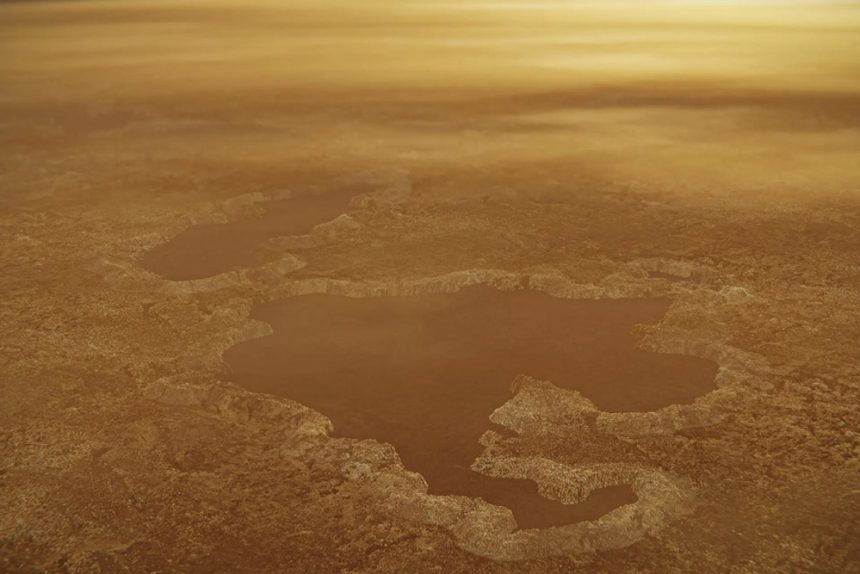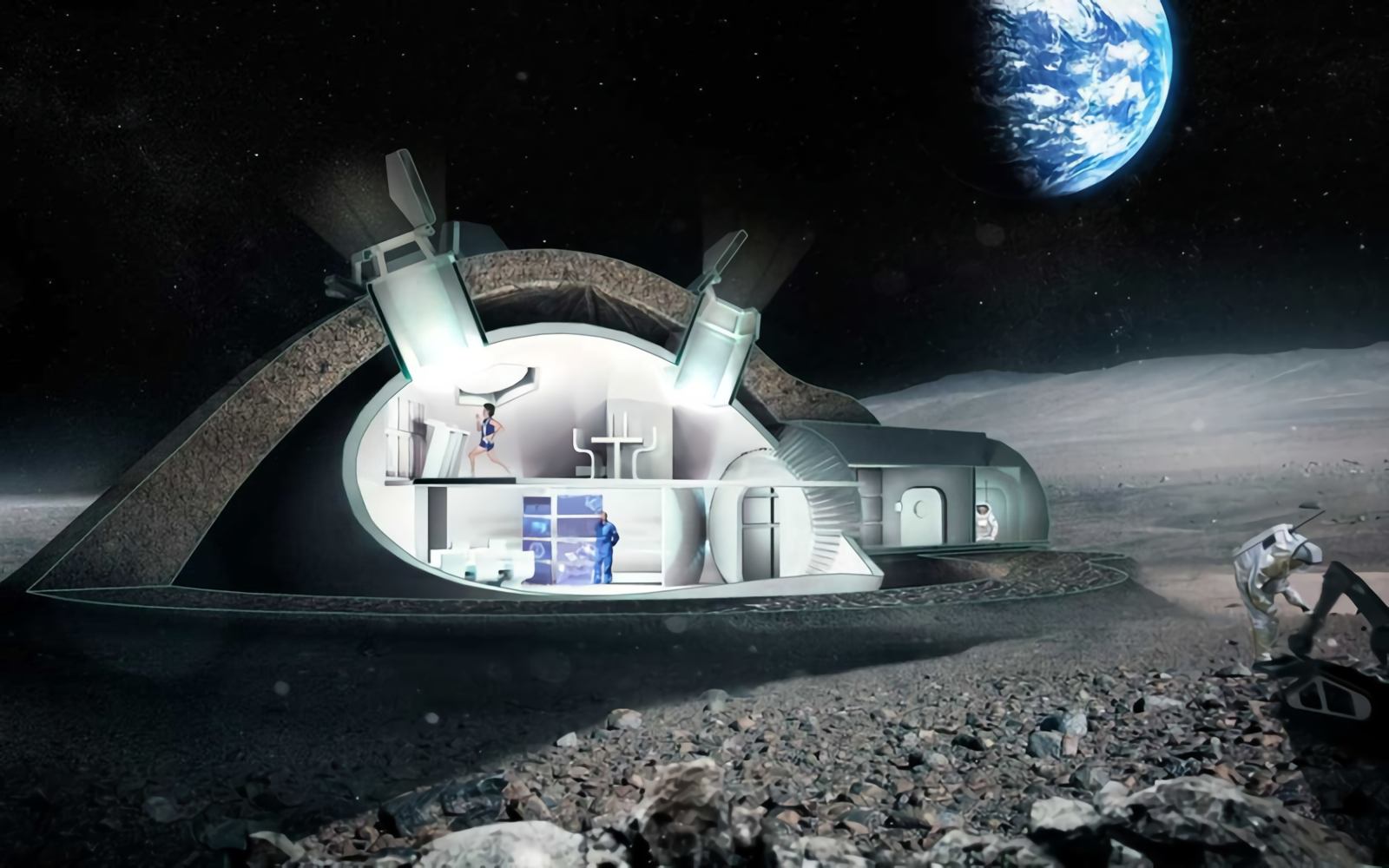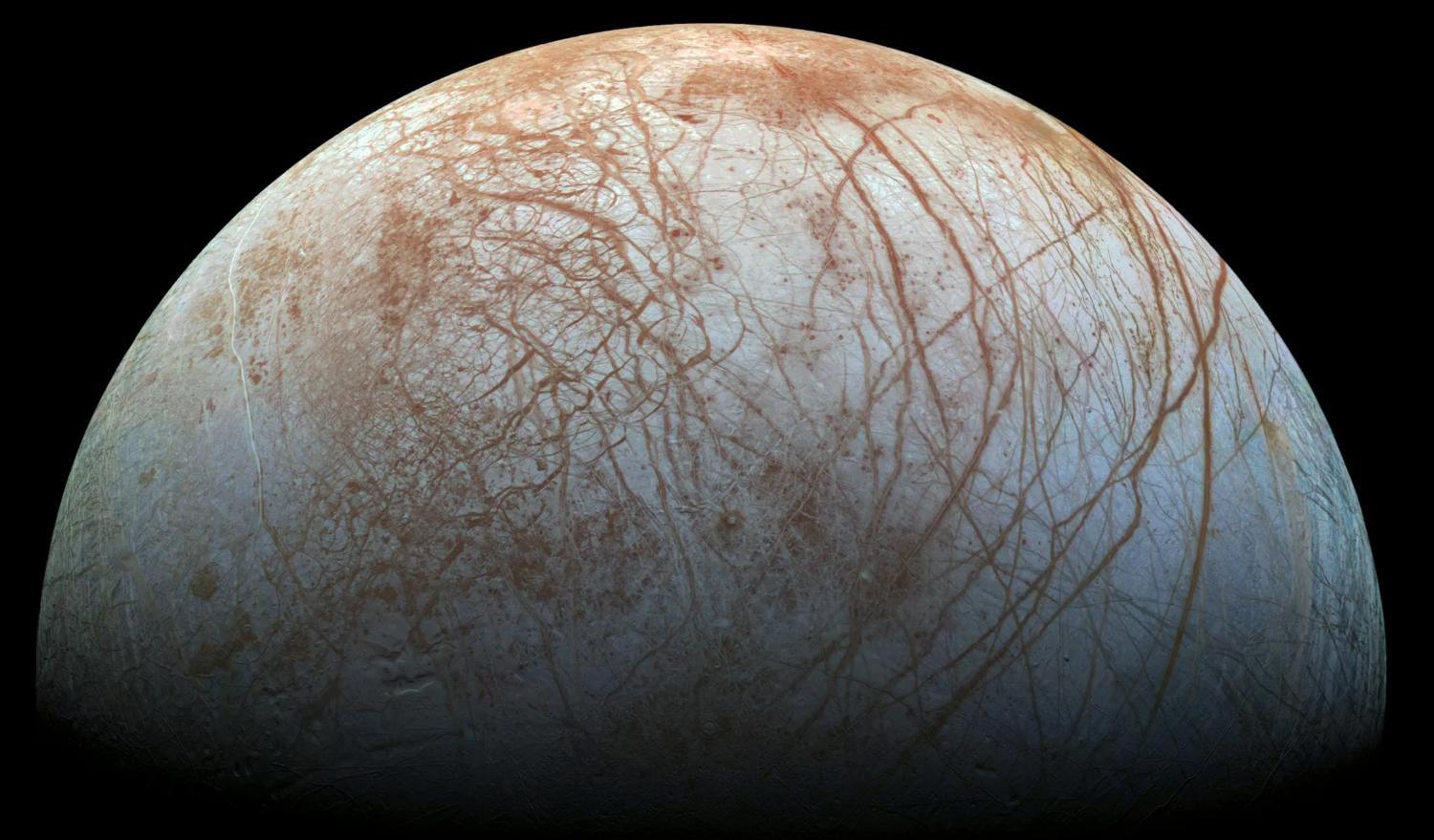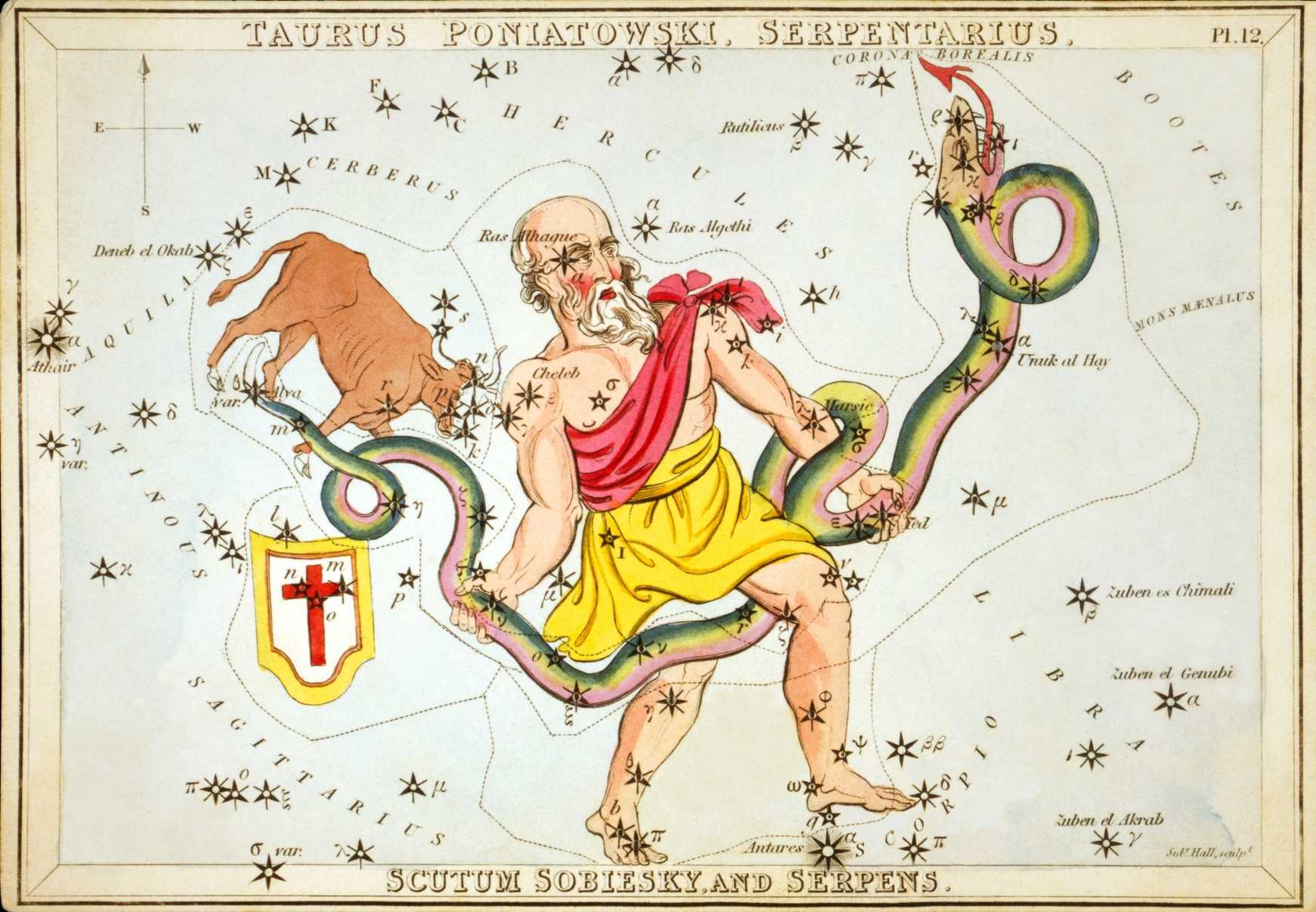Waves in the Solar System: The methane and ethane lakes of Saturn’s moon Titan could produce ripples that are similar to Earth’s water lakes, as astronomers have discovered. According to their findings, the pattern of eroded coastlines on Titan’s lakes most likely points to such a scenario. However, definitive proof in the form of direct observations is still pending.
Saturn’s moon Titan is, besides Earth, the only celestial body in the solar system with lakes and rivers. However, these are not filled with water, but with liquid methane and ethane that rain down from the moon’s dense atmosphere. Since NASA’s Cassini spacecraft took the first radar images of these unique landscapes in 2007, scientists have been debating the properties and origin of these bodies of water. A major point of contention, for example, is whether Titan’s lakes produce waves like those on Earth or are completely still.
Wavy or Smooth?
“Some people who looked for evidence of waves didn’t see any and said, ‘These lakes are mirror-smooth.’ Others said they had seen some roughness on the liquid surface but weren’t sure if it was caused by waves,” explains Rose Palermo from the U.S. Geological Survey. Since the images alone apparently aren’t sufficient to definitively answer the wave question, Palermo and her team have now approached the puzzle indirectly.
Instead of searching the water surface for signs of waves, the researchers began their search at the eroded coastlines of the lakes and rivers. The idea is that if there really are waves on Titan, they must also erode parts of the shores and leave characteristic patterns. Palermo and her colleagues conducted computer simulations of both scenarios in hundreds of different variations to determine whether waves actually caused the erosion of the coastlines, or if the coast was gradually sliding away under its own weight.
Patterns Reveal Erosion Origin
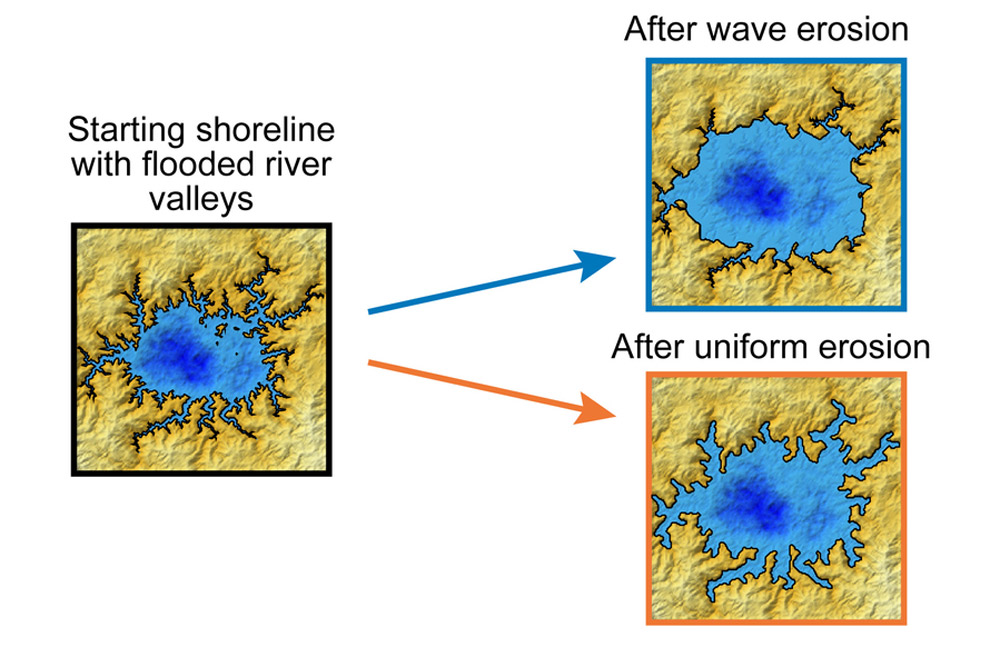
The results showed that the two scenarios would result in completely different appearances of the coastlines. For example, wave-induced erosion would visibly smooth the shores in long stretches of erosion, but leave narrow and rough shapes in flooded valleys. In contrast, wave-independent erosion would instead create more inflated shorelines, as Palermo and her team report. A comparison with the erosion patterns of terrestrial lakes confirmed the simulations’ findings.
The researchers then compared which of the two simulated patterns best matched the actual coastlines of Titan. They focused on four of the largest and best-mapped lakes on the Saturn moon: Kraken Mare, which is comparable in size to the Caspian Sea, Ligeia; and Punga Mare, as well as Ontario Lacus, which is about five times smaller than Lake Ontario, its terrestrial namesake.
Waves Might Actually Exist on Titan
The result: The shores of all four lakes fit very well into the wave-driven erosion model, so they could indeed have been shaped by waves, as the research team reports. “If we could stand on the edge of one of Titan’s lakes, we would see waves of liquid methane and ethane lapping at the shore and crashing against the coasts during storms. Senior author Taylor Perron from the Massachusetts Institute of Technology (MIT) explains that these waves could potentially erode the material that makes up the coast.
However, the researchers emphasize that their results are not yet definitive. Finally, to really confirm that there are waves on Titan, direct observations of wave activity on the moon’s surface would be essential. However, Perron asserts, “Our results suggest that waves are the most likely cause of erosion on Titan’s lakes’ coastlines.” In the next step, he and his colleagues want to find out how strong the winds on Titan would need to be to generate their own waves on the lakes.


